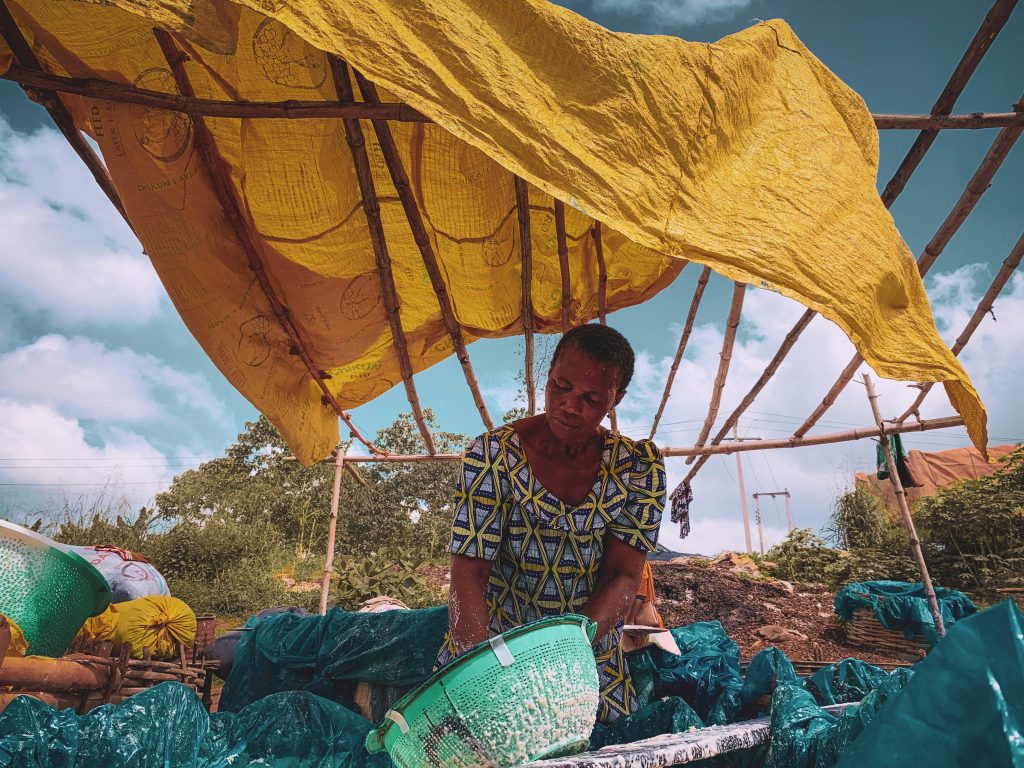
The role of Microfinance in addressing poverty in Subsaharan Africa
Author: Sylvester Elisha
Microfinance institutions are crucial in reducing poverty in Sub-Saharan Africa, providing financial services like small loans and insurance to those excluded from traditional banking. They focus on financial inclusion, poverty alleviation, and empowering the underprivileged (Armendariz and Morduch, 2010). These institutions have significantly enhanced access to financial services among the unbanked in the region. MFIs offer opportunities for saving, accessing credit, and managing risks to about 350 million people without conventional financial services (ILO, 2018). They also empower individuals, particularly women, by addressing cultural, social, and economic barriers through financial inclusion. Gender-focused programs equip women with financial resources and skills to start or grow small businesses, invest in education, and improve their economic status. Overall, microfinance institutions are pivotal in advancing financial inclusion in Sub-Saharan Africa (Duflo, 2012).
Challenges for Microfinance Organizations in Sub-Saharan Africa
Microfinance organizations in Sub-Saharan Africa face substantial obstacles in providing financial services to underserved populations. Limited access to capital and funding restricts their ability to reach a broader audience. High operational costs and sustainability challenges are significant issues, especially for institutions operating in rural and economically disadvantaged areas (Ledgerwood, J., 2006). Balancing cost coverage with borrowers’ affordability is a difficult task. Additionally, regulatory and governance issues pose challenges, as the regulatory landscape differs across countries, leading to complex and stringent regulations (CGAP, 2011).
Strategies for Growing Microfinance Services in Sub-Saharan Africa
Scaling up microfinance services in Sub-Saharan Africa requires a comprehensive strategy that addresses the region’s unique challenges and characteristics. One approach is to foster collaboration among microfinance institutions, governments, and development agencies. By working together, stakeholders can pool resources, share knowledge, and leverage expertise to expand the reach and impact of microfinance services. Collaboration also helps streamline regulatory frameworks, develop supportive policies, and align strategies to create an environment favorable to microfinance growth (Armendariz & Morduch, 2010).
Another strategy is to harness technology for digital financial services. Mobile banking and digital payment platforms have surged in popularity in Sub-Saharan Africa, offering opportunities to overcome geographical barriers and reach rural communities. Microfinance institutions can utilize technology to expand their reach, reduce transaction costs, and enhance operational efficiency. Digital platforms also facilitate the provision of additional financial services such as savings accounts, insurance, and remittances, thereby amplifying the overall impact of microfinance (Mas, 2010).
Capacity building and training initiatives are essential for expanding microfinance services in the region. Targeted instruction in best practices, risk management, and financial literacy equips microfinance practitioners with the necessary knowledge to effectively serve customers and manage operations. Training can also enhance governance processes, internal controls, and social performance management, ensuring the sustainability and impact of microfinance organizations (CGAP, 2011). Additionally, innovative funding strategies can help scale microfinance services. Impact investors, development organizations, and commercial banks can provide capital and financial support to microfinance institutions, enabling them to grow and reach more marginalized communities (Harji and Linder, 2014).